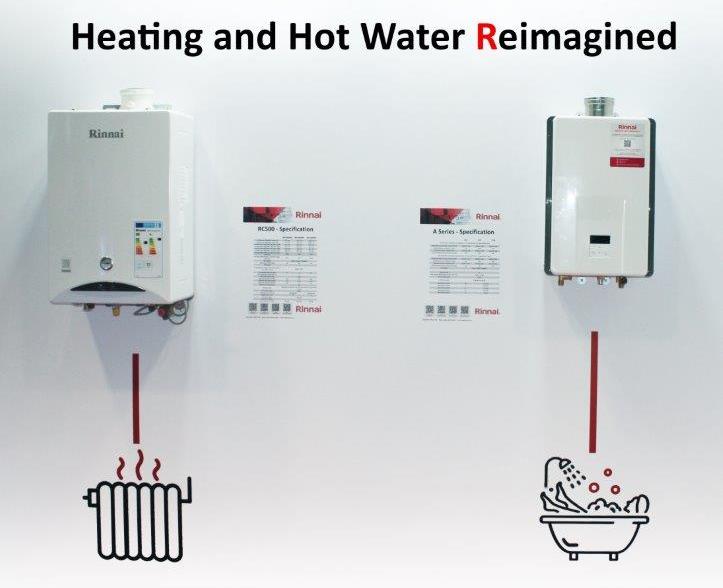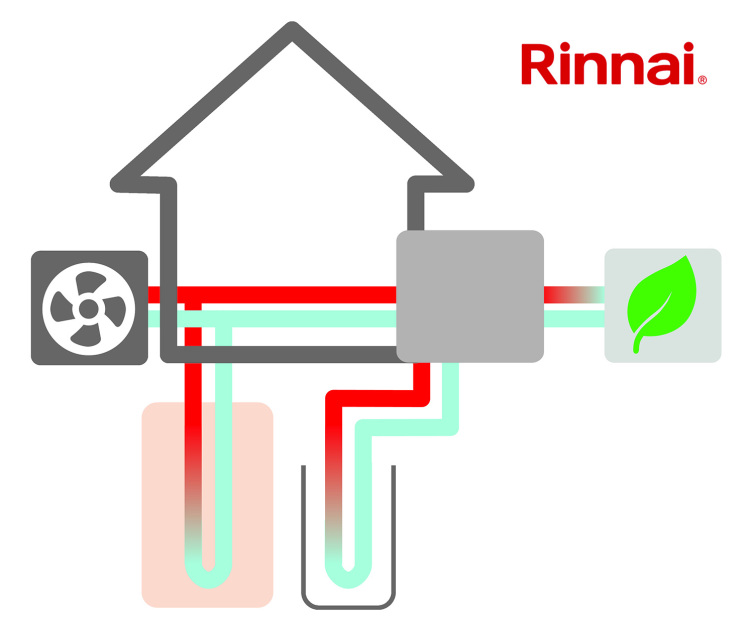29 May 2018
Before you can reduce energy consumption you have to know what energy is being used, what is being wasted and where the savings are most easily made writes Jan Ponsford.
A government greenhouse gas emissions survey of the public estate in 2010, found many of the country's hospitals were amongst the worst offenders.
Things have improved since then, but there is still a lot that can be done.
Before you can reduce energy consumption you have to know what energy is being used, what is being wasted and where the savings are most easily made, by undertaking detailed evaluations across an entire estate.
Big projects like a large photo-voltaic array or a waste to energy project attract a lot of interest but it is tough for facilities managers to sell the idea that many small changes can deliver significant, guaranteed savings.
To reduce energy consumption, energy spend and carbon emissions, it is important to consider the small steps possible to improve the energy efficiency of existing, often old buildings.
Comprehensive evaluation is key
The evaluation of an estate needs to be detailed, consider every aspect of the energy efficiency equation and call on every source of information from half-hourly electricity bills to waste management policies.
To establish a baseline, any evaluation also has to consider the facility’s energy spend and carbon emissions from, mechanical and electrical activities, buildings, infrastructure, land, waste, transport and workforce.
A good evaluation will typically focus on three distinct areas:
Power usage - consider metering and sub-metering, typically by department in healthcare facilities, where there can be a huge disparity in usage. Monitoring and benchmarking performance, comparing the in-use performance of a building to its historical energy use or that of similar healthcare facilities is crucial.
Initiatives – looking at heat recovery, use of renewables if relevant, including energy from waste, lighting systems, electrical equipment, voltage optimisation and improvements to the fabric of the building and surrounding environs.
Operational – the survey should consider the energy use awareness of the staff, the lifecycle maintenance, waste reduction strategies, procurement services, transport and ultimately the culture of the organisation – is there a shared desire to cut consumption?
Policies
Once it has been established who in the organisation has the day-to-day responsibility for energy consumption, purchasing and wastage, along with operational activities, the assessment can look in detail at the policies in place and the base line information needed to make recommendations.
Baseline information and knowledge transfer
The required information starts with the buildings, their age, construction and condition, their occupancy profile and the plans to re-develop if appropriate.
An important step of the evaluation is a thorough inspection of the building fabric and its thermal properties, along with roofs, windows, doors, flooring etc.
If no asset register is available for the mechanical and electrical systems, a thorough review of heating, ventilation, cooling and lighting systems will be needed.
The temperature and humidity set points in different locations across the estate will be critical to the overall consumption picture and will help highlight potential changes.
Annual savings
The problem for many hospital management teams and their facilities managers is the investment required to make the necessary changes against the estimated pay-back time.
Even a typical small Trust estate is capable of reducing energy consumption by as much 18%, with a reduction in energy spend as high as 24%.
A comprehensive evaluation combined with a committed implementation plan using the right specialist contractors ensures it is possible to achieve guaranteed savings and payback periods of under five years.
This not only cuts consumption and reduces carbon emissions but saves millions of pounds over the period.
Finding the funding
How energy efficiency programmes are funded is the real stumbling block for NHS Energy Managers and Facilities Managers.
Funding options are assessed on a project specific basis, considering building type, usage, location, Trust requirements and preferences. The energy saving measures being considered will also impact the potential funding solutions.
The options usually fall into a number of categories, with the simplest perhaps the Trust capital funding the improvements. Borrowing directly from the Green Investment Bank or SALIX, which offers interest and fee free loans, are popular choices, with energy-cost savings used to pay the loan.
Salix requires NHS programmes to payback within five years and less than £120 per tonne of CO2 over the lifetime of the project. Salix funding covers over 100 energy efficient technologies including boilers, combined heat and power, LED and lighting upgrades, and heat recovery.
Other arrangements
Third-parties can also be involved, including ‘off-balance sheet’ options like an Energy Services Company (ESCo) agreement, a Short Term Operating Reserve (STOR) arrangement, a Special Purchase Vehicles or Programme Partnership Arrangements.
For Trust managers it is all about building the Business Case for the whole project, considering:
-
Procurement and Application process with indicative timescales.
-
Compliant initiatives.
-
Levels of funding (initiatives attract differing levels of funding).
-
Risks.
-
Interest levels.
-
Payback periods.
-
Any restrictions on using different types of financing together.
-
Potential contractual or legal issues.
-
Any significant dates such as when a particular fund closes.
Experience dictates the best option is the one that offers the least risk for all stakeholders, delivers the best value, whilst meeting the Trusts’ needs and satisfy legal and statutory requirements.
Implementation follows evaluation
Starting with the evaluation and the baseline information, the process to implementation of the various simple changes will typically take 6-9 months.
Once the business case has been made, a tender process will follow to select the contractors experienced in delivering similar projects and guaranteeing the predicted savings and payback period.
Ideally, the project will be managed by the consultants that initially undertook the evaluation, as they will understand the organisation’s objectives, economic drivers, operational structure, existing knowledge and experience – all beneficial to the successful delivery of the project.
Endless
Energy efficiency projects within the healthcare sector, rarely have an end point as a lot of monitoring and verification is required to ensure targets are hit. In the fight to cut energy consumption, continual improvement through new and more affordable technologies is crucial.
Jan Ponsford, is a director at Virtus Consult, specialists in energy reduction strategies for the public sector.
Article written by Jan Ponsford | Published 29 May 2018
Share
Related Articles
Kier Wins Facilities Management Contract at New Velindre Cancer Centre in Cardiff
Kier Group has been appointed to deliver FM services at a new cancer hospital in Cardiff, via its place on the ACORN consortium.
The new Velindre Cancer Centre will...
Read Full Article
Sustainable Spaces – The Impact of FM on Achieving Net-Zero Workplaces
In an era where sustainability is not just a buzzword but a necessity, the focus on achieving net-zero targets has significantly influenced the realm of facilities...
Read Full Article
ISS Wins Catering Contract With Kent and Medway NHS Trust
A five-year contract to provide catering services for Kent and Medway NHS and Social Care Partnership Trust has been won by ISS.
50 new food host jobs will be created...
Read Full Article
Dark January Campaign Returns for 2024
Building efficiency platform Metrikus is running its Dark January initiative to encourage businesses to reduce energy waste in their offices.
Dark January...
Read Full Article
Linen Wastage is a 'Mark' Against NHS Sustainability Targets, Says Textile Services Association
The CEO of the Textile Services Association has criticised the levels of linen wastage in the NHS, which causes unnecessary carbon and water use.
According to the...
Read Full Article
CIBSE Certification Wins at Energy Efficiency Awards 2023
CIBSE Certification has won the National Quality Management, Compliance and Training Company of the Year Award at the Energy Efficiency Awards 2023.
The awards...
Read Full Article
Dalkia UK Wins FM Contract With The Christie NHS Foundation Trust
Dalkia UK has signed a contract to deliver technical facilities management services at The Christie NHS Foundation Trust’s new Patterson Building.
In 2017 there...
Read Full Article
Royal Surrey County Hospital Awarded First NHS Exemplar Status for Portering Services
Royal Surrey County Hospital and its partner Medirest have been awarded the first NHS “Exemplar” status for outstanding portering services, which has only...
Read Full Article
Improvements to England's Worst Housing Stock Could Save NHS £13bn
Remedial work to England’s poorest quality housing could provide £135.5 billion in societal benefits over the next 30 years.
These benefits include...
Read Full Article
Community Hospital UK’s First to Achieve Carbon Neutrality
Rye, Winchelsea & District Memorial Hospital has become the UK’s first community hospital to achieve carbon neutrality.
The NHS hospital is fully...
Read Full Article


.gif)
.gif)
.gif)

.png)



.png)

.jpg)





.jpg)




